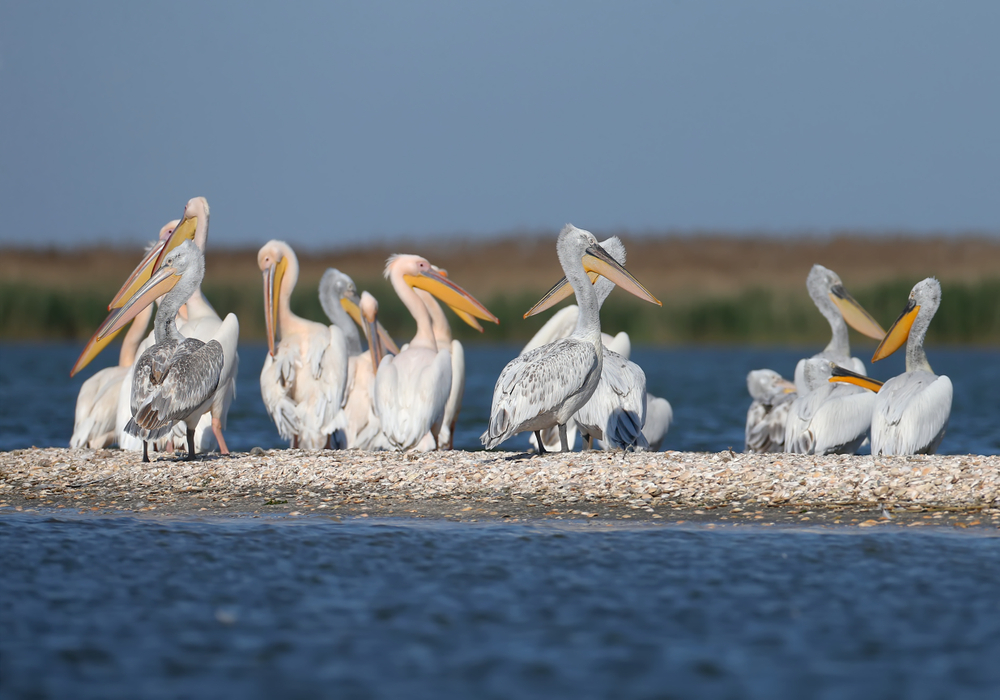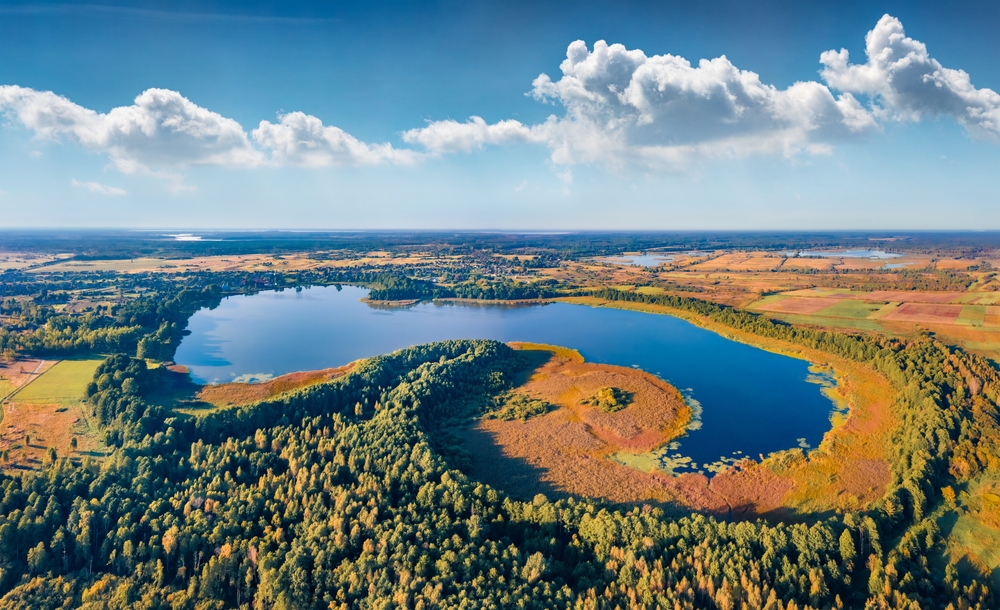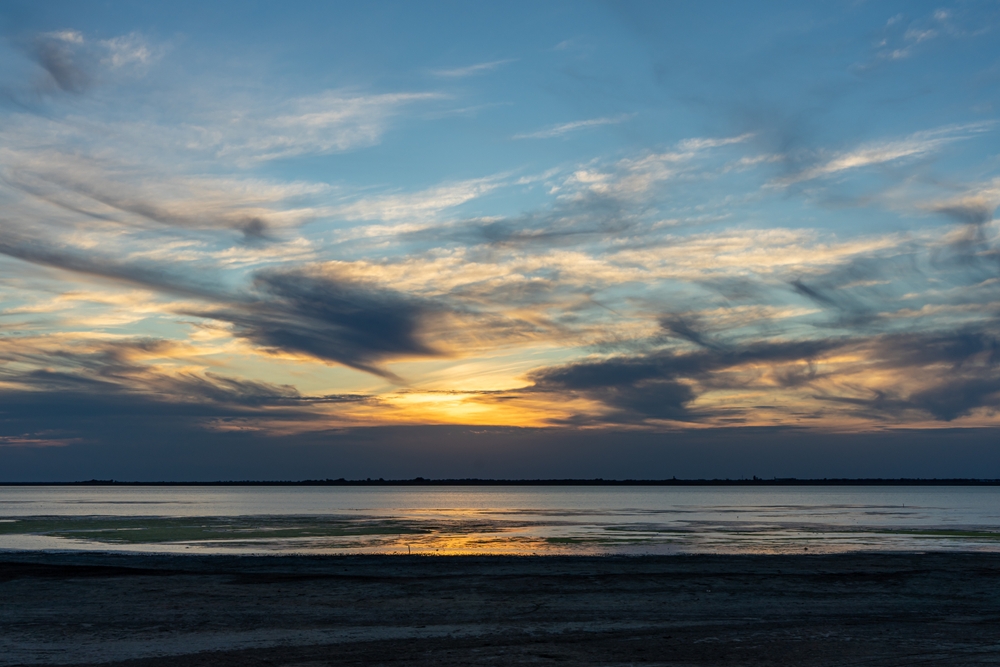Hetman Overview
Hetman National Nature Park, known locally as Гетьманський національний природний парк (Hetmanskyi Natsionalnyi Pryrodnyi Park), is a protected area in northeastern Ukraine. It was established on April 27, 2009, and spans approximately 233.6 square kilometers (90.2 square miles).
The park is located along the right bank of the Vorskla River in the Okhtyrka Raion of Sumy Oblast. This area is known for its rich biodiversity, historic significance, and scenic landscapes that draw visitors looking for both recreation and an appreciation of nature.
The terrain of the park consists of flat landscapes interspersed with gentle hills and ravines. The Vorskla River is a central feature, stretching for about 122 kilometers within the park and creating a range of aquatic habitats. Among the notable natural landmarks are the Lytovka pine forest, which boasts pines over 200 years old, and the Khukhra meadows, which are known for their lush vegetation.
The Bakyrivka floodplains provide unique wetland environments, while Castle Hill offers stunning panoramic views and a connection to the region’s historical past. The varied landscapes contribute to a mosaic of habitats that support a diverse range of plant and animal species.
The vegetation of Hetman National Nature Park is a rich mix of forest-steppe communities. The park features oak, linden, ash, aspen, willow, cherry, pine, and birch trees. The diverse flora creates a patchwork of environments, from dense woodlands to open meadows and marshlands.
These plant communities sustain a wide range of wildlife, providing food and shelter to numerous species. The wetlands, in particular, play an important role in maintaining the health of the park’s ecosystems by serving as a habitat for various aquatic species.
The park is home to an impressive array of wildlife, with approximately 2,580 species recorded. Notable mammals found here include beavers, various species of bats, and other forest-dwelling creatures. The birdlife is equally remarkable, with species such as the great egret, purple heron, and Eurasian curlew frequently spotted.
The park’s wetlands and forests serve as essential breeding and nesting grounds, particularly for migratory birds that travel through the region. The abundance of wildlife makes the park an excellent destination for birdwatchers and nature enthusiasts seeking to observe animals in their natural habitat.
Visitors to Hetman National Nature Park can engage in numerous outdoor activities. Well-maintained hiking and biking trails wind through the landscapes, offering both leisurely and challenging routes for explorers. The Vorskla River provides opportunities for kayaking and rafting, allowing visitors to experience the beauty of the park from the water.
Fishing enthusiasts can find designated areas along the riverbanks, while cultural events and seasonal festivals celebrate the region’s historical and natural heritage. These activities provide visitors with diverse ways to connect with the park’s landscapes and wildlife.
Like many natural areas, Hetman National Nature Park faces conservation challenges. The park was under Russian occupation for nearly a month during the early stages of the war, which led to potential damage to ecosystems and contamination concerns.
Despite these difficulties, efforts are being made to restore and protect the park’s natural environment. Scientists continue to monitor the resilience of the ecosystems, with lichens serving as indicators of environmental recovery.
Conservation initiatives are focused on preserving biodiversity, preventing habitat degradation, and ensuring that the park remains a sanctuary for wildlife and a place of natural beauty for future generations.
Hetman National Nature Park is a remarkable blend of natural beauty, diverse wildlife, and cultural history. Its varied landscapes and rich ecosystems make it a significant destination for nature lovers, outdoor enthusiasts, and conservationists.
The park’s ongoing restoration efforts highlight the importance of preserving such valuable natural areas, ensuring that they remain a refuge for wildlife and a source of inspiration for those who visit.















































































